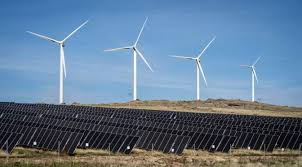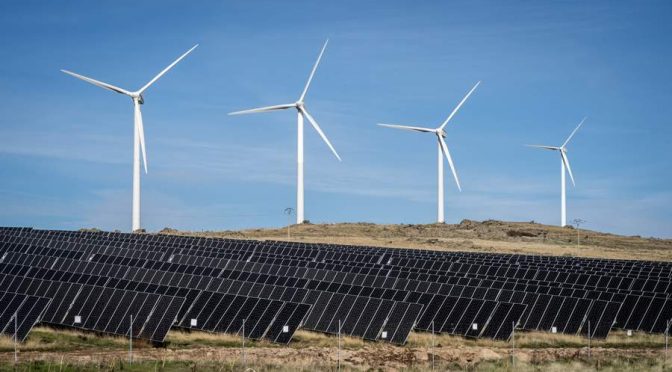Nearly all of the coal produced in the United States goes for electricity generation, but its share has been eroded in recent years by growing natural gas-powered generation and rising share of renewable energy generation.

Coal is one of the main sources of energy in the United States, accounting for 14 percent of domestic primary energy production in 2019, the U.S. Energy Information Administration (EIA) said on Thursday.
Most of the coal produced in the U.S. is used to power coal-fired power plants, while the industrial sector and the commercial sector account for small shares of coal consumption, the EIA said.
According to EIA data, U.S. coal production and consumption have been on a decline since peaking in 2008 and 2007, respectively. Last year, for example, U.S. coal production hit its lowest level since 1978, while coal consumption dropped to the lowest since 1975.
The rise of renewables and declining coal electricity generation resulted in energy consumption from renewables in the United States surpassing in 2019 coal consumption for the first time since 1885, the EIA said last month.
Last year, total U.S. renewable energy consumption increased by 1 percent compared to 2018, while coal consumption slumped by almost 15 percent year on year, the EIA said in its Monthly Energy Review.
The rise of renewable energy sources, especially wind and solar power, marked a historic milestone for energy consumption in the United States last year: for the first time since the Industrial Revolution, renewable energy sources overtook coal as a source of energy.
Due to rising natural gas production and increased natural gas-powered generation, coal-fired electricity generation capacity continues to retire in the U.S. Following coal capacity retirements, electricity generation from coal has dropped significantly over the past decade to the point of reaching its lowest level in 42 years in 2019.





